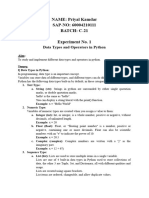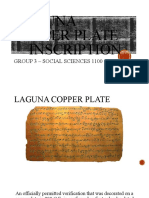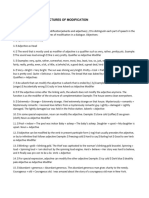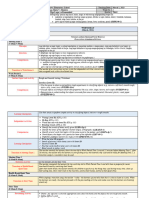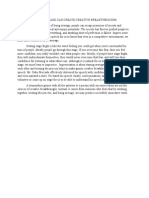0% found this document useful (0 votes)
35 views11 pagesBDS306B Module1
This document provides an overview of Python programming, covering its introduction, features, and fundamental concepts such as variables, data types, operators, and I/O functions. It details various data types including primitive and non-primitive types, as well as operations on strings, lists, and dictionaries. Additionally, it explains Python syntax, comments, and formatted print functions, making it a comprehensive guide for beginners in Python programming.
Uploaded by
preethamsgowda149Copyright
© © All Rights Reserved
We take content rights seriously. If you suspect this is your content, claim it here.
Available Formats
Download as PDF, TXT or read online on Scribd
0% found this document useful (0 votes)
35 views11 pagesBDS306B Module1
This document provides an overview of Python programming, covering its introduction, features, and fundamental concepts such as variables, data types, operators, and I/O functions. It details various data types including primitive and non-primitive types, as well as operations on strings, lists, and dictionaries. Additionally, it explains Python syntax, comments, and formatted print functions, making it a comprehensive guide for beginners in Python programming.
Uploaded by
preethamsgowda149Copyright
© © All Rights Reserved
We take content rights seriously. If you suspect this is your content, claim it here.
Available Formats
Download as PDF, TXT or read online on Scribd
/ 11








































